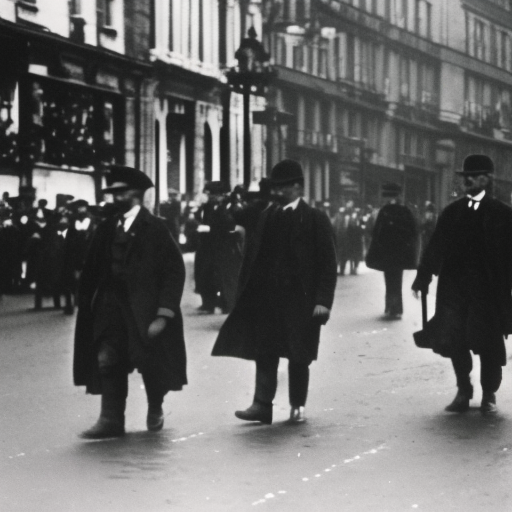Easter Rising: A Brief Summary
The Easter Rising was a rebellion that took place in Ireland in April 1916. It was a pivotal event in the struggle for Irish independence from British rule. The Rising was led by a group of Irish nationalists who sought to establish an independent Irish Republic. Despite being quickly suppressed by British forces, the Easter Rising had a profound impact on Irish politics and ultimately paved the way for the establishment of the Irish Free State.
Causes of the Easter Rising
The roots of the Easter Rising can be traced back to the late 19th century when Irish nationalism began to gain momentum. The Irish Republican Brotherhood (IRB) and the Irish Volunteers were two key organizations that sought to achieve Irish independence. The outbreak of World War I provided an opportunity for the rebels to take action, as the British government was preoccupied with the war effort.
The Rising
On Easter Monday, April 24, 1916, around 1,200 members of the Irish Volunteers and the Irish Citizen Army, led by figures such as Patrick Pearse and James Connolly, seized key buildings in Dublin, including the General Post Office (GPO). They proclaimed the establishment of an Irish Republic and called on the Irish people to support their cause. However, the rebellion did not receive widespread support initially, and the rebels faced heavy British military opposition.
Suppression and Aftermath
The British government quickly deployed reinforcements to Dublin and launched a counteroffensive against the rebels. Over the course of six days, intense fighting took place in the streets of Dublin. The rebels were outnumbered and outgunned, and their positions were gradually overrun. By April 29, the leaders of the Rising had surrendered.
The British response to the Rising was harsh. Many of the rebel leaders, including Pearse and Connolly, were executed by firing squad. The executions, along with the destruction caused by the fighting, led to a surge in support for Irish independence. The Rising had a profound impact on public opinion in Ireland, and it marked a turning point in the struggle for independence.
Legacy
The Easter Rising had a lasting impact on Irish politics. It led to a surge in support for Sinn Féin, a political party that advocated for Irish independence. In the 1918 general election, Sinn Féin won a majority of seats in Ireland and established the first Dáil Éireann, an Irish parliament that declared independence from Britain.
The Rising also inspired a new generation of Irish nationalists and revolutionaries. The leaders of the Rising became martyrs and symbols of Irish resistance to British rule. Their actions paved the way for the Irish War of Independence, which lasted from 1919 to 1921 and ultimately resulted in the Anglo-Irish Treaty of 1921.
The Easter Rising is remembered as a defining moment in Irish history. It demonstrated the determination of Irish nationalists to achieve independence and sparked a renewed sense of Irish identity and pride. The events of Easter 1916 continue to be commemorated in Ireland every year, serving as a reminder of the sacrifices made by those who fought for Irish freedom.












